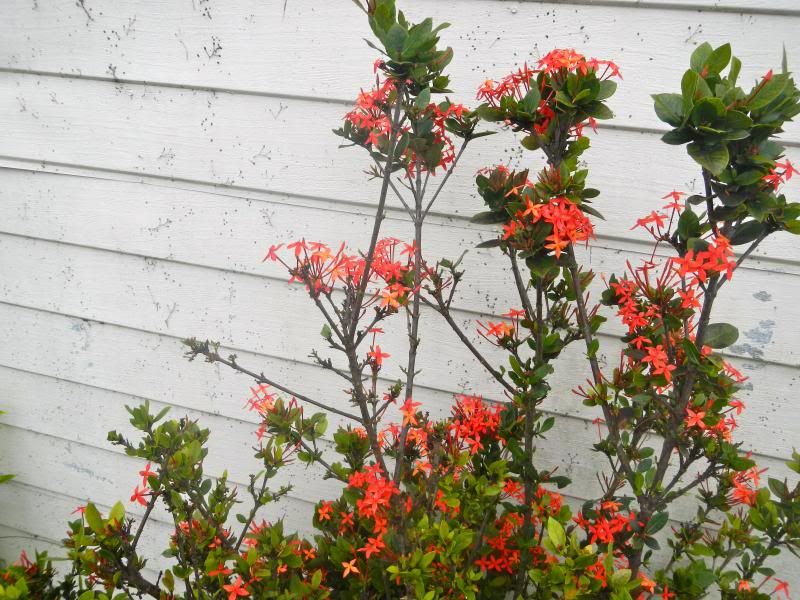Moving from New England to Southwest Florida last year I gained year-round warm water in exchange for giving up regular strong wind and waves. I also gained a storage shed so I started accumulating windsurfing gear tailored to the light-winds and crummy waves of the Eastern Gulf of Mexico. Here's a rundown of the quiver I started with and how it has changed over the past year.
New England Wave-Centric Quiver-
Big Board: Angulo Surfa 10'4" sailable SUP with center-fin added for Rhonda
Med Board: Exocet Cross II 106
Small Board: Starboard Evo 83
Sails: 3.5, 4.2, 4.7, 5.5, 6.8, 8.0
Masts: 400 rdm, 430 rdm, 490 sdm
Booms: Aluminum small, Carbon medium
1. In August 2012 I got a huge carbon formula boom from my friend Brandon, who was ironically moving away from the Florida on the same day that I arrived. Also ironically, it was the same boom that I had given Brandon when I moved from Florida to New England in 2010. At that point I had no sails that needed the huge boom, but I figured I'd need it sooner or later.
2. In October 2012 I
bought an Exocet WindSUP 11'8" longboard from Ace Performer in Ft. Myers. After one barely-planing session with my 8.0 sail on the WindSUP, I decided I needed a bigger sail to unleash the full power of the board.
3. A week after I got the WindSUP I went back to Ace Performer and
got a 9.5 Ezzy Cheetah. One nice thing about the 9.5 is that it rigs on the same 490 mast that I already had for the 8.0. Also, it gave me a reason to use my huge formula boom. With the 9.5 I could get the WindSUP planing in pretty light winds, somewhere in the 10-12 knot range. However I was most often using the WindSUP for wavesailing with my 6.8 sail, which required having the footstraps in the inboard positions. Those positions are awkward when using the 9.5 in flat water, and it's a big pain to move footstraps every time you want to convert your board for a different style of sailing. Screwing and unscrewing the straps also wears out the board. So I started looking for a big shortboard that could be my dedicated ride for flat water light wind blasting. (Another reason I was looking was so that I'd have something to ride in the December "
Inlet to Inlet" ocean race.)
4. The first board I auditioned for the dedicated light-wind planing role was a
2001 Starboard F135 85 cm wide formula board, which I got used for $400 from Ace Performer. It worked fine, especially after I swapped the oversized fin it came with for a just-right-sized 58 cm Finworks fin. Probably the high point for that board was when I sailed it in the
Sarasota Winter Classic Regatta in February 2013.
5. I was never crazy about the low volume (~130 liters) of the F135, which I felt limited it's all-around light wind ability. So when I had the opportunity I swapped it for another vintage formula board- a
Bic FV1.2 with 160 liters volume and 87.5 cm width. The Bic was a real nice board, especially in 12+ knots. It felt more like a big slalom board than a formula board, and it was real fast and comfortable reaching and on downwind runs in choppy water. The only frustrating thing was that it didn't seem to have quite enough power to get planing in the most typical SW Florida summer seabreeze strength; about 8-10 knots.
6. My quest for more light-wind planing power lead me next to
Dr. Don Wagner and one of his home-built 100 cm wide formula boards. The Dr. Don board is super powerful- definitely a winner for light winds. So I went ahead and sold my Bic FV1.2. Of course, even a super wide board won't get you planing in 8-10 knots unless you supply it with lots of sail power. My 9.5 wasn't quite up to it.
7. My FINAL (I promise) light wind power play was to buy a used 11.0 Gaastra Nitro IV sail and matching 550 cm mast from Dan Weiss in Connecticut. The absurdly long and narrow package arrived via Fed Ex yesterday afternoon and was rigged and on the water at Bonita Beach by 6:30 pm. The conditions for sailing were challenging, with squally 7-17 knot winds spanning the range from not-enough-wind-to-plane to too-much-wind-to-hang-on. I also probably hadn't tuned the sail well. I.e., the boom was too high, I didn't have enough slack on my adjustable outhaul, I needed more downhaul, the mast-base was too far back, etc. Nevertheless, it was obvious that the sail had a lot of power on tap. Rhonda was swimming with her waterproof camera and took some pictures.


Anyway, here's the
Southwest Florida Light-Wind-Centric Quiver-
Primary Sailable SUP: Exocet WindSUP 11'8"
Secondary Sailable SUP: Angulo Surfa 10'4"
Super Light Wind Planer Board: Don's Lab wide-tailed formula board
Med Board: Exocet Cross II 106
Small Board: Starboard Evo 83
Sails: 3.5, 4.2, 4.5, 5.5, 6.8, 8.0, 9.5, 11.0
Masts: 400 rdm, 430 rdm, 490 sdm, 550 sdm
Booms: Aluminum small, Carbon medium, Carbon huge
XD












